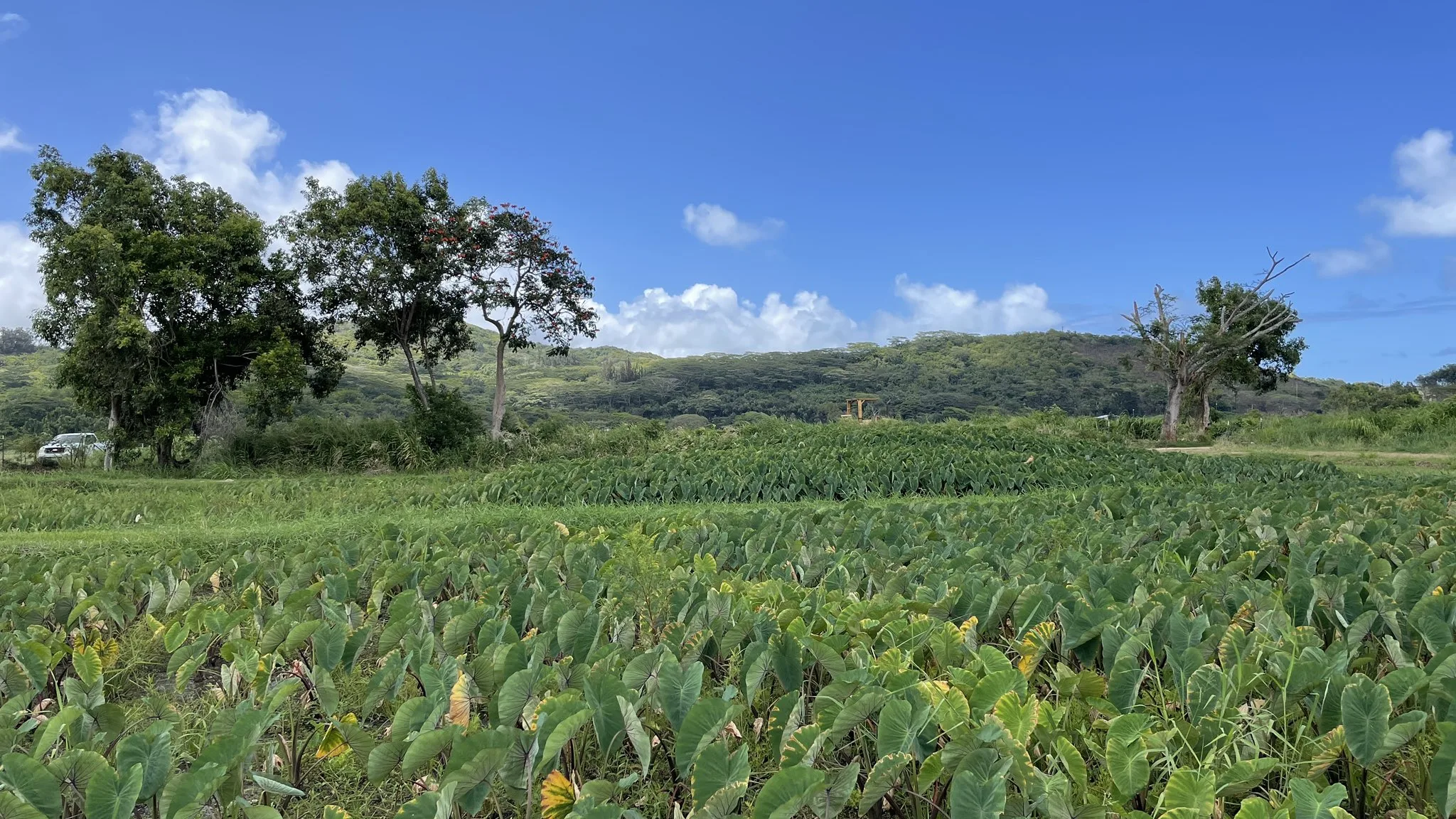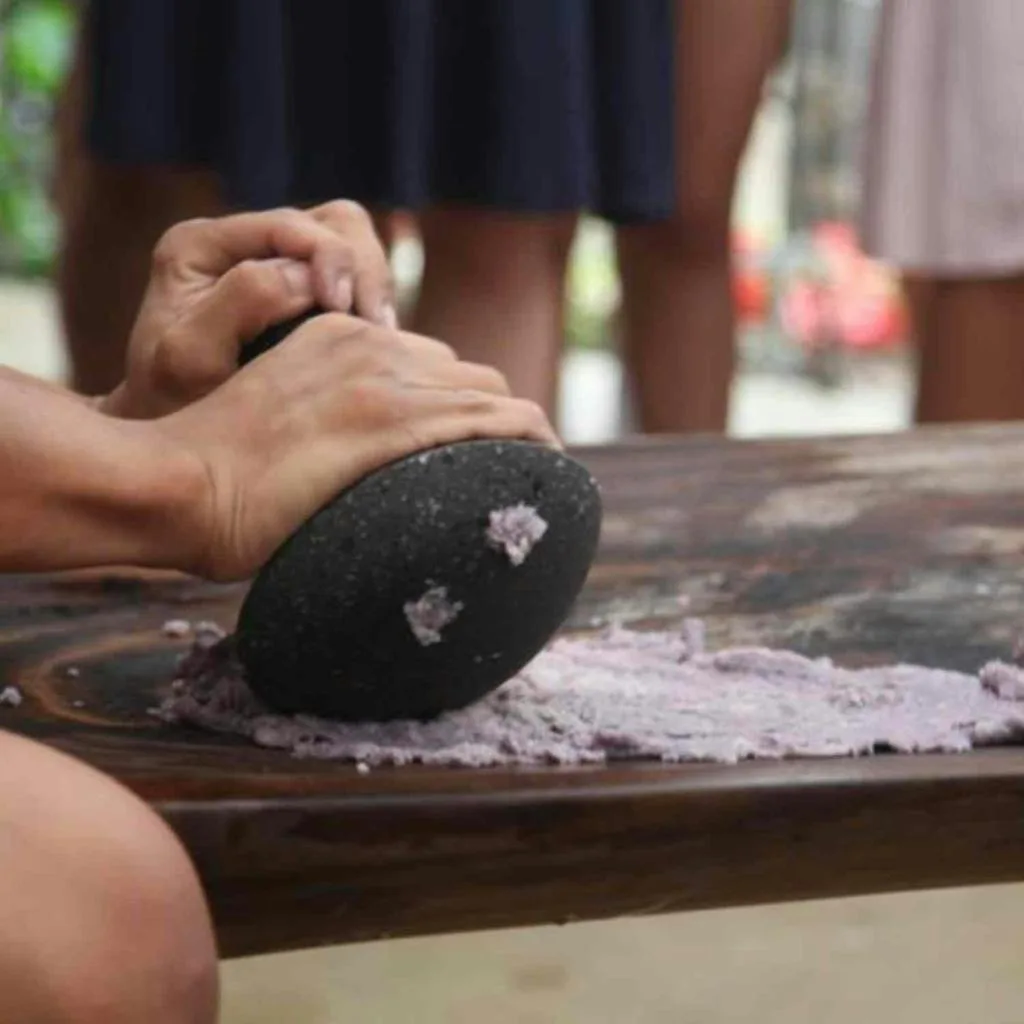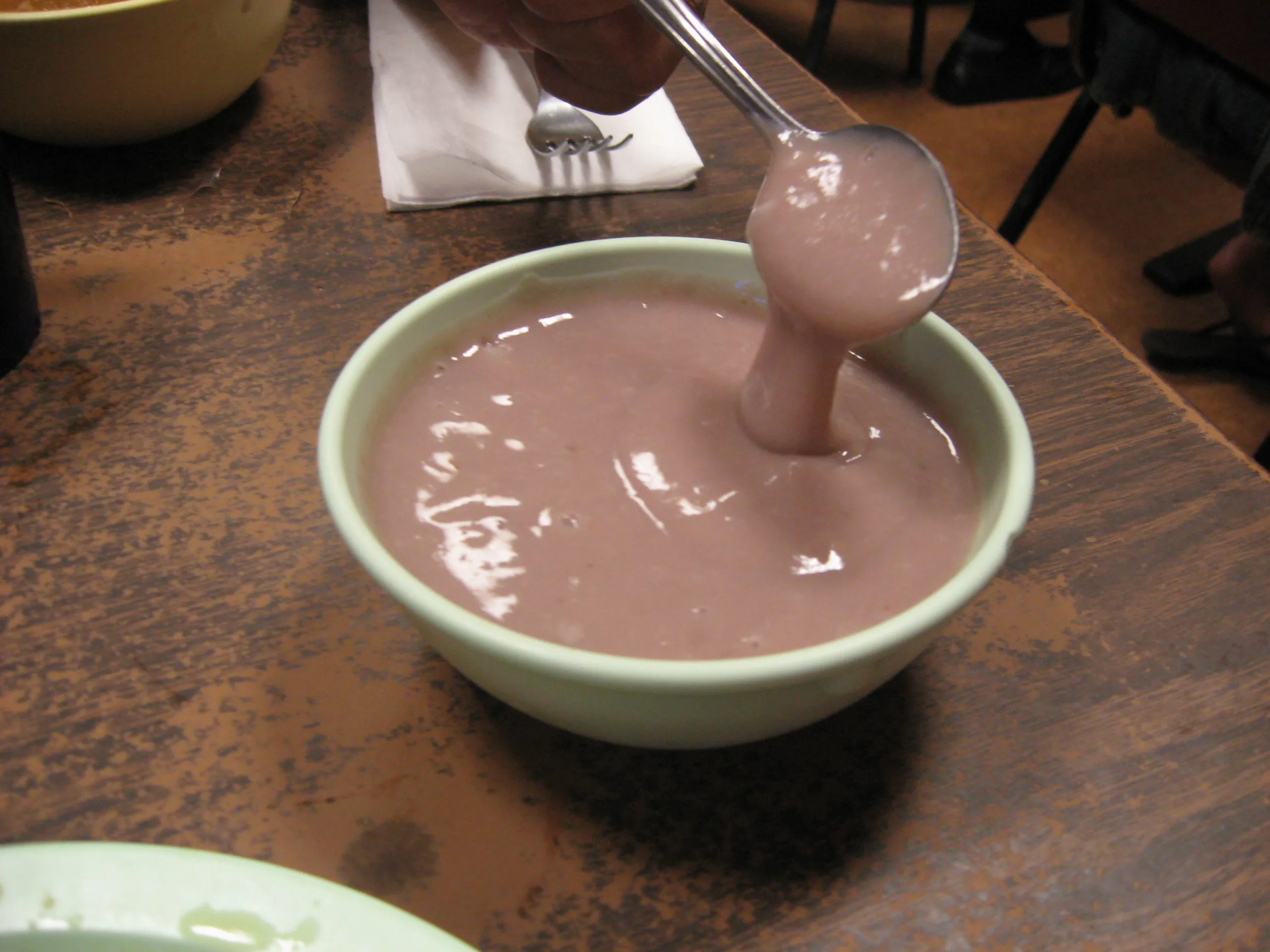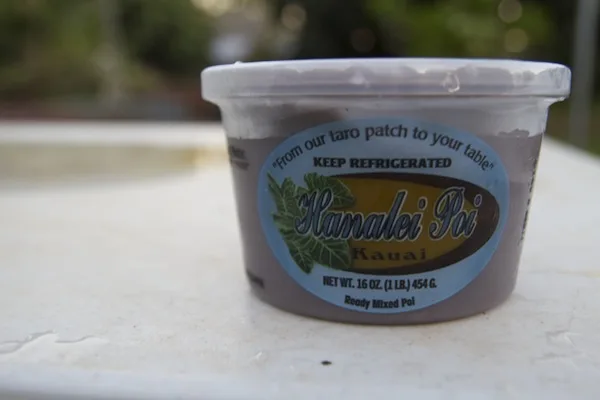No products in the cart.
Travel Guide
Why We Love Hawaiian Poi (And Why You Ought to Strive It!)
Have you ever ever heard of Hawaiian Poi? When you’ve ever visited the islands, you’ve doubtless encountered this distinctive dish. Poi is a conventional Polynesian meals constituted of pounded kalo [taro]. For a lot of Hawaiians and Pacific Islanders, Poi is a dietary staple. However for a lot of guests, it’s shrouded in an charisma.
S, what precisely is Hawaiian Poi, and do you have to attempt it if you go to the islands? As we speak we’re studying all about this fascinating (and attractive!) meals and inspiring you to attempt it the following time you get an opportunity.
What’s Poi?
Poi is a starchy, mashed meals that’s constituted of cooked taro root. It’s sometimes a grayish-purple colour and can vary from runny to thick. Older poi tastes bitter, whereas brisker poi has a light or candy taste.
As we speak, you’ll see poi served as a aspect at many luaus and Hawaiian eating places. It goes nice with poke, kalua pig, smoked meat, and fried or dried fish. However Hawaiians and Polynesians all through historical past ate poi as a dietary staple. It’s wealthy in vitamins, excessive in carbs and energy, low in fats, and filled with fiber.
How It’s Made
Questioning tips on how to make Poi? Whereas there are many trendy methods to arrange Poi, at present we’re sharing the normal technique for making ready this Hawaiian dish.
Develop Kalo
Farmers and residential gardeners develop taro both in very moist, irrigated fields (known as wetland kalo) or within the dryer (but nonetheless fairly moist) soils (that is known as upland, or drayland, kalo).
When you journey to Hawaii, you’ll acknowledge Kalo by its enormous, heart-shaped leaves. Many gardeners develop kalo ornamentally, however many nonetheless develop it on a big scale for poi and different conventional practices.

The Kalo Roots
With a view to make Poi, you’ll must dig in, actually! Poi is constituted of the underground corm of the kalo plant. It’s a potato-like bulb, and it’s additionally fairly starchy like a potato. Along with making poi, many individuals will use the roots to make chips. It’s additionally tasty minimize up and steamed or served in stews.
Hawaiian Poi Pounding
After you have your kalo corm, you’re able to steam it and pound it right into a paste. A poi pounder seems quite a bit like a paperweight, they usually are available a spread of sizes. You could discover them made from wooden, rock, or coral. As we speak, many poi makers use a meals processor to show the kalo into poi.
After you have your paste, add water till it’s as thick or skinny as you prefer it.

Fermenting Poi
You may eat poi immediately if you would like. Contemporary poi has a light, sweeter style. Most individuals will let the poi sit for a number of hours or a number of days. This enables the poi to ferment and develop a bitter style. The fermentation course of additionally hundreds the poi with probiotics, making it an much more nutritious meals.
How Do You Like Your Poi?
One of many cool issues about Poi is that everyone has their preferences for it. Most individuals who attempt poi for the primary time will say it’s fairly flavorless, and a few may not like the feel. It’s thought-about an acquired style, and plenty of repeat guests discover that they actually get pleasure from Hawaiian Poi over time.
You could hear of one-, two-, or three-finger poi, which signifies its consistency. A thick poi will solely require one finger to scoop it up and eat it, whereas the thinnest poi would require three. It’s okay in the event you don’t need to use your finger to eat poi, however as you attempt it a number of occasions, you’ll doubtless get a desire for a way thick you prefer it.
You’ll additionally slowly develop a desire for a way candy or bitter you need your poi. If you are going to buy a bag of poi from the grocery retailer, it’s going to have a label that claims how outdated it’s. It’s also possible to add water to the poi to make it thinner.
I desire my poi fairly bitter and simply thick sufficient to remain on a fork once I scoop it up. So I discover an older bag of poi, add a little bit of water to it, and I’m able to go. In fact, I additionally decide up some Oyster Poke from the shop’s poke counter to eat with my poi.
How do you want your Hawaiian poi? When you suppose you don’t just like the meals, you could must attempt it a number of occasions. You could discover you prefer it solely with sure meals, desire it a sure consistency, or need it simply so bitter.

Enjoyable Information About Hawaiian Poi
Able to be taught extra about Poi? That is such an fascinating meals with a wealthy historical past. Forward I’m sharing a few of my favourite issues I’ve discovered about poi. The extra you recognize, the extra doubtless you’re to understand this distinctive dish!
It Might Have Medicinal Makes use of
Poi is so filling and dietary that it may be a life-sustaining meals. However trendy medication is eyeing it as an unbelievable supply of probiotics. Recent research discovered poi has extra probiotics in yogurt, and it could possibly be a key remedy for individuals with digestive points.
In Hawaii, poi is a well-liked child meals. Native dad and mom will serve their little ones poi As a substitute of mashed candy potatoes or rice cereal.
It Lends Its Title to the Hawaiian Poi Canine
As we speak, many locals will name any mutt a Poi Canine. However this was really the title of an actual canine breed that lived in Hawaii for a few years. It’s now extinct, however many breeders try to recreate the distinctive canine.
Hawaiian Poi Dogs had been lazy and fats and infrequently lived with the pigs. They not often barked and had been mild-tempered. Tales additionally say they had been raised for consuming, identical to pigs.
Poi is One of many Oldest Hawaiian Meals
Taro isn’t native to Hawaii, however it is among the unique “canoe crops,” which had been the vegetation that the earliest Polynesian settlers dropped at the islands. For hundreds of years, poi helped maintain Hawaiians, offering them with very important vitamin and a spread of flavors to get pleasure from.
The place to Strive Poi in Hawaii

So, are you able to attempt poi? I like to recommend making an attempt it a number of occasions to get used to it and determine the way you prefer it. Listed below are some locations the place you may do that true Hawaiian meals.
- Luaus: We particularly love the meals at Paradise Cove Luau on Oahu and Previous Lahaina Luau on Maui. Luaus are sometimes the one and solely place the place guests attempt poi. Whereas it’s place to begin, your poi-tasting journey shouldn’t finish at your luau.
- Foodland: Foodland is an area grocery retailer chain that has areas all through Hawaii. It is a excellent place to select up Poke and poi. Search for poi close to the poke counter or within the produce part. It would doubtless be in a transparent one-pound bag or tub.
- Highway Inn: This decades-old restaurant is a favourite for Hawaiian meals, and it’s an incredible place to attempt poi with lau lau, kalua pork, poke, or fried fish. They’ve areas in Waipahu and Kakaako.
- Wiahole Poi Factory: Identical to its title suggests, this place is aware of tips on how to make poi. They usually make nice Hawaiian meals to go together with it. Strive Hen Lengthy Rice, kalua pig, laulau, or squid luau. When you hear locals speak about Hawaiian Meals, the gadgets on the Wiahole Poi Manufacturing facility are in all probability what they take into consideration.

Poi Perfection
Now that you recognize the whole lot about Poi – together with the place to search out it – you’re able to get pleasure from! And if you eat poi, keep in mind that you’re not simply making an attempt a unusual native meals – you’re consuming one thing that’s vital to Hawaiian tradition and historical past.
Wish to attempt extra Hawaiian meals? Here’s a information to our top 8 foods to try in Hawaii!
Source link
